Crushed stone is a derivative of crushing large stones - gravel, boulders of different rocks. The ratio of volume to mass of bulk material is the density of crushed stone in working condition. This parameter affects the strength of the stones, it is taken into account when preparing concrete mixtures and choosing a fraction to create embankments and litter. 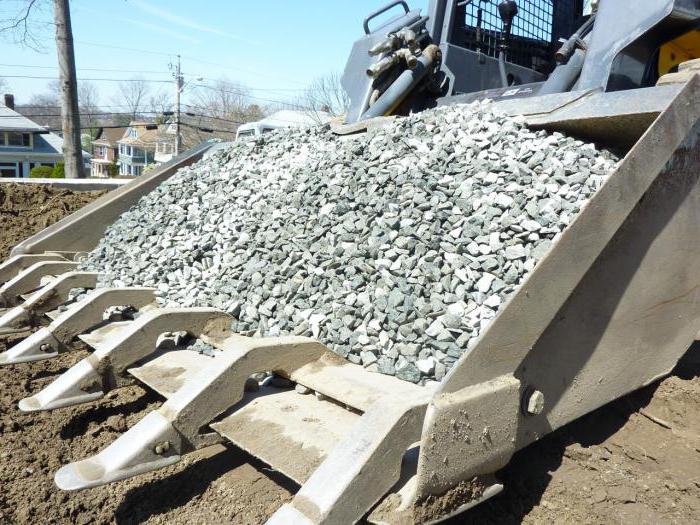
True and bulk density
The ratio of mass to volume can be relative and absolute. The bulk density of crushed stone is measured by the average or actual amount of material per unit of measurement. Moreover, for one type of stone this indicator may differ due to the size of the fragments: the smaller they are, the higher the value. This is due to layers of air between the components.
The true density of crushed stone cannot be determined for sure. This characteristic implies the ratio of weight to volume excluding air gaps. The true indicator can only be calculated in laboratory conditions, its value is higher than the bulk option.
Density determination
Before using the material, you need to find out how durable it is and what properties it will give to the concrete mix and structure. The harder the initial rock before processing, the stronger its derivative.
To determine the density of crushed stone, under laboratory conditions they take an empty container of up to 50 liters and pour stones into it. Weigh and calculate by the formula:
- P = (m2 - m1) / V, where
P - density, kg / m3;
m2 - tare mass with bulk, kg;
m1 is the mass of the empty vessel, kg;
V - poured volume of gravel, m3.
Based on the results of the study, compose supporting documentation for the material supplied to large construction projects. 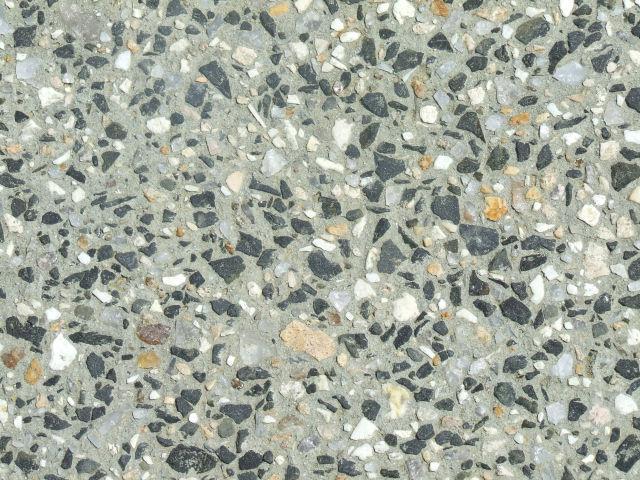
Independently, the density of crushed stone can be determined in this way, only instead of a special container, use a bucket or trough of known capacity. Next, weigh the tank with the bulk and subtract the mass of the tank, then use the formula for calculating the bulk ratio.
Varieties of material
There are several types of crushed stone:
- Primary. It is obtained by crushing large blocks of rock in quarries and factories.
- Secondary is produced by crushing old concrete structures from brick and concrete, asphalt.
The most durable is primary crushed stone, it is used for mixing concrete mortars, filling bearing structures of buildings, bridges and embankments.
The product of processing of old products is also widely used in construction, but its strength characteristics are noticeably inferior to stone products.
In both production methods, the fragments are sorted into gravel fractions according to the size of the stones. They are passed through sieves with openings 3/8, 5/20, 20/40, 25/60, 40/70 mm. Non-sifted stones are re-processed if their size exceeds the filter used. 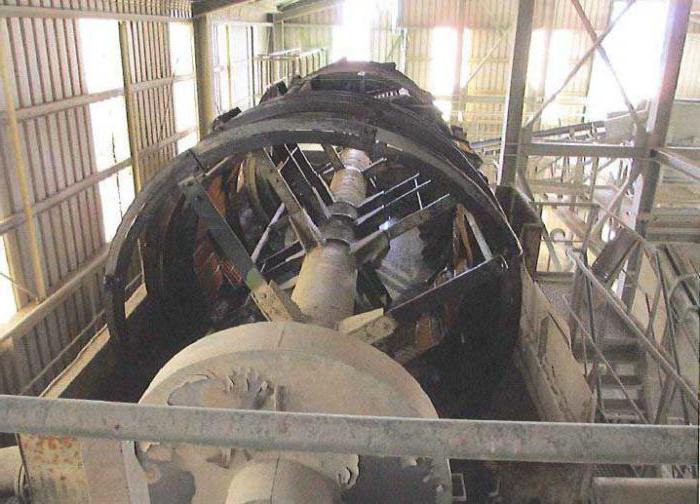
The bulk density of crushed stone of smaller fractions is higher than that of large fractions. It should be noted that for different breeds, the indicator can differ even within the same element size.
Granite crushed stone
The most durable and sought-after bulk material comes from quarries for the extraction of sedimentary rocks of high density. Granite is a solid building material, characterized by durability and resistance to various types of influences. Its derivatives have the largest weight:
- Fraction 5/8 (10) - 1420 kg / m3.
- The density of crushed stone 20/40 is in the range of 1370-1400 kg / m3.
- Stones 40/70 are similar to the previous ones - 1380-1400 kg / m3.
It is difficult to confuse granite crushed stone with other types: stones are characteristic from dark gray to pinkish, shades are caused by the inclusion of different minerals in the base rock. 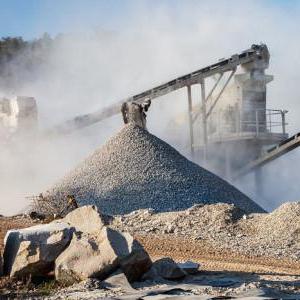 A significant minus of the material is the ability to accumulate radiation.Often, cobblestone mined from the bowels already has a high radiation background and its use is strictly limited for certain conditions. For example, use is permitted only for highways located outside residential areas.
A significant minus of the material is the ability to accumulate radiation.Often, cobblestone mined from the bowels already has a high radiation background and its use is strictly limited for certain conditions. For example, use is permitted only for highways located outside residential areas.
Other species
In addition to crushed granite, there are mounds from other rocks. They are less durable, have those characteristics that are endowed with the original blocks. The following are fractions of crushed stone and the corresponding indicators of average bulk density:
| Breed | Fraction, mm | Density, kg / m3 |
| Limestone | 10-20
20-40 40-70 |
1250
1280 1330 |
| Gravel | 0-5
5-20 40-100 more than 160 |
1600
1430 1650 1730 |
| Gabbro Diabase | Up to 60 | 1440-1580 |
| Expanded clay | 20-40
10-20 5-10 |
210-340
220-440 270-450 |
| Secondary | 0-100 | 1200-3000 |
| Slag | 10-70 | 800 |
The range of values for one type of stones is due to the heterogeneity of the source material and impurities in its composition. The irregular shape of the stones can also affect the relative density index.
Classification
In addition to calculating density by weight, the ratio of mass to volume is also affected by the brand of crushed stone. The classification is carried out according to several criteria.
Strength
The resistance of the material to loads of various kinds determines the scope of its use. Strength grade of crushed stone is the main characteristic that is taken into account when calculating structures and choosing the type of embankment. It is determined experimentally in laboratory conditions. There is a pattern between the density and strength of the material - with the growth of one characteristic, the other increases, and vice versa.
Marking of crushed stone is indicated by the letter M:
- M200 – M600 belong to weak rocks, such material is used for non-bulky structures or embankments of paths. Its density is up to 450 kg / m3.
- M600-M800 - crushed stone of average quality. Its bulk weight is up to 800 kg / m3.
- M800-M1200 is a durable material suitable for widespread use. Density reaches 1250-1650 kg / m3, depending on the breed of origin.
- High-strength crushed stone of the M1400-M1600 brand slightly differs from its predecessor and reaches 1650 kg / m3.

The most durable stone is granite. It is its derivatives that are used for the preparation of concrete solutions for critical structures, embankments.
Frost resistance
An important characteristic necessary for accounting during the construction of facilities in areas with high temperature differences and the possibility of freezing of materials. It is marked with the letter F with the value of the number of complete hardening-thawing cycles. Note that the parameter is determined in laboratories; for analysis, special solutions are used to impregnate the material. In reality, ordinary water with a certain amount of aggressive impurities, but in a lower concentration, acts on crushed stone. Therefore, the assigned grade of frost resistance in normal use may be higher.
Crushed stone has a frost resistance brand from F15 to F400. For the middle latitudes of our country, it is advisable to use stones no lower than F300.
The most resistant material is granite, crushed stone calmly withstands 300-400 cycles of freezing and thawing without loss of initial properties.
Gravel includes brands F15-F200, limestone - up to 100.
Patterns between density and frost resistance have not been identified.
The form
An important role in determining the bulk density of crushed stone is played by the shape of the pebbles. There are 2 types of "cut":
- Cuboid grains have a volumetric shape without a big difference in the parameters of the length and width of the stone.
- The filamentous are flat particles.
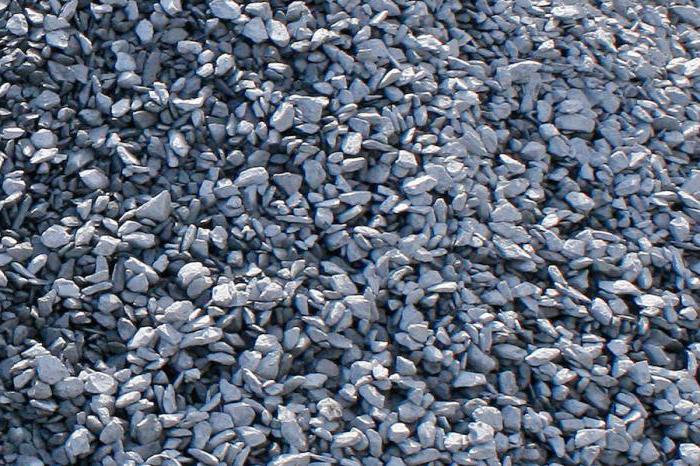
The heterogeneity of forms in the working embankment creates a different weight of the product volume:
- An ordinary embankment includes up to 35% of bream-like grains with sharp and needle-like faces.
- Improved crushed stone has 25% flat stones.
- The cuboid mound basically has bulk grains with a small admixture of bream - up to 15%.
Crushed stone of 20 different types of embankments has different density values. The best is considered a cuboid shape with a minimum inclusion of flat particles. Such material is in demand due to its high strength.








